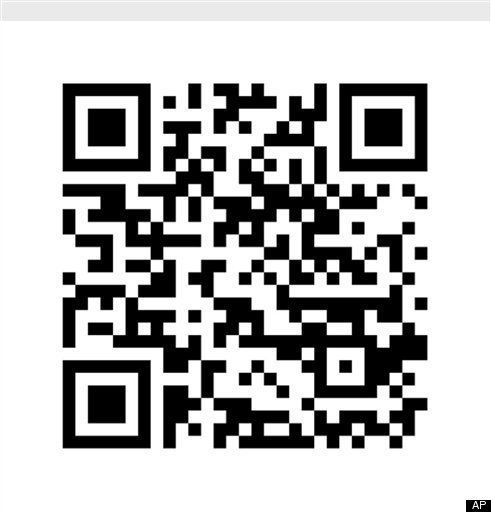
Traditional advertising has changed significantly in the last year. The rise of social media as a ubiquitous piece of the brand-consumer communication puzzle has morphed the tail end of advertising as we knew it. What was once the place for the ultra catchy jingle or even the speed read legal text has now been supplanted with "facebook.com/yourcompanyhere" or "Tweet Us @wegethowtotalktoyoungpeople".
This is understandable. Brands yearn for emotional and interpersonal connectivity and Facebook and Twitter and YouTube plus Your Brand plus Your Consumer equals everybody sitting down talking about how their day went at the dinner table together. What I really struggle to understand though, are the recent and quite frequent use of QR codes in print and out of home advertising.
Definition of a QR from Wikipedia: "A QR Code is a specific matrix barcode (or two-dimensional code), readable by dedicated QR barcode readers and camera phones. The code consists of black modules arranged in a square pattern on a white background. The information encoded can be text, URL or other data." See one in action here.
While Facebook and other social sites bring the consumer one step closer to a brand relationship, putting a bar code in between the customer and the product just seems plain silly. When I am driving in heavy traffic on Santa Monica Boulevard and I see a bus bench branded with a Rango ad, how likely am I to stop the vehicle, pull out my cell phone (which is illegal I may add), and not snap a picture of the ad itself but take a picture of the barcode which leads me to a website or microsite to tell me more about the ad I just saw?
On paper, sure, give people a way to further engage with a 2D ad and occupy more share of mind. In reality, trying to focus a Blackberry camera perfectly positioned on a barcode doesn't make as much sense. You might even block someone else from seeing the actual ad. In the real world, I hardly see anyone stopping and staring at advertisements, let alone crouching at the bottom of a poster trying to snap the perfect picture of the ad's barcode.
The use of QR codes has even replaced actual advertising content in some cases. Reading through a local magazine, I came across a real estate brokerage's ad for what was apparently, their most prized properties for sale in San Francisco. I could only assume this was the case because instead of photos and words about their goods there was just one big QR code. Imagine that, going to the grocery store and having to price check the cartons before you are able to find out what cereal might be in them.
Overall, the addition of social media to traditional advertising helps to bridge the gap between user and product. Adding technology that seems progressive for the sake of seeming progressive does less for a brand than adding an additional barcode to the label.